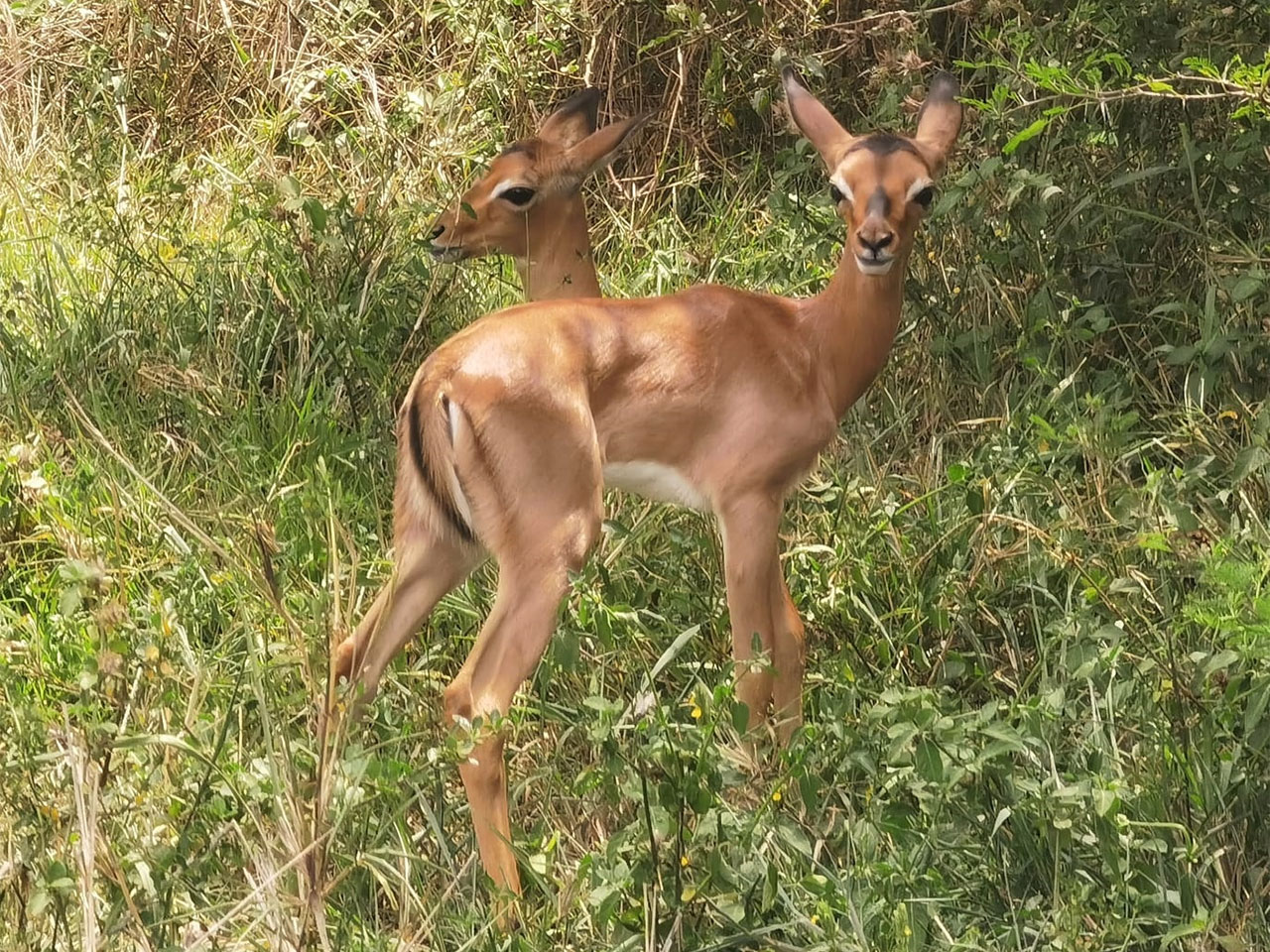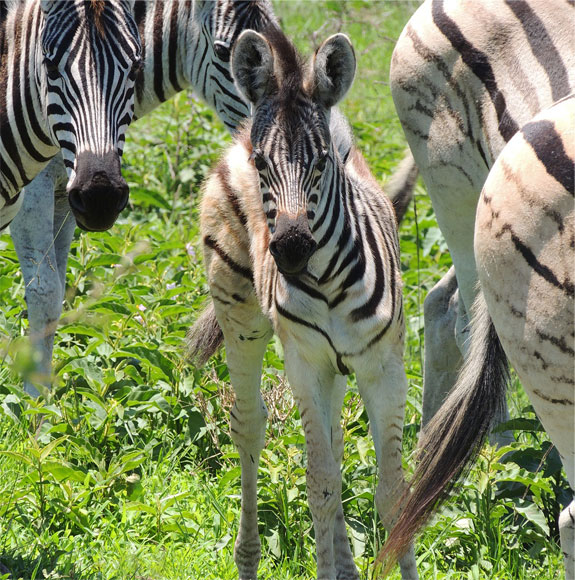Is the wet season in Hluhluwe Imfolozi good for a safari?
Published On: November, 2021

Most people think the wet season is not a good time to go on safari. I disagree, for a very special reason. It’s actually an Adorable time in this National Park, and there’s more. Finally the rainy season has arrived. I love the smell of the earth as the rain wets the land and Mother Nature starts to hydrate again.
After winter’s dry conditions, October and November are the start of the wet season. The landscape in Hluhluwe Park transforms beautifully from brown to the different shades of green. With an abundance of food sources, November is the start of the birthing season for mammals. This is an especially adorable time in the park. Newborn babies are spotted everywhere in the national park.
It’s the first weekend in November!! I was up before the crack of dawn and I couldn’t wait to get to Hluhluwe Imfolozi National Park. Today was not about the Big 5 BUT all about the babies of the wet season. I love it. After a gestation period of approximately 200 days, a single baby is born. November is when mammals start to drop their young with the onset of the rains. I use the word baby as herbivore babies can be called a lamb, foal, fawn, or calf.


It’s the first weekend in November!! I was up before the crack of dawn and I couldn’t wait to get to Hluhluwe Imfolozi National Park. Today was not about the Big 5 BUT all about the babies of the wet season. I love it. After a gestation period of approximately 200 days, a single baby is born. November is when mammals start to drop their young with the onset of the rains. I use the word baby as herbivore babies can be called a lamb, foal, fawn, or calf.

The first of the newborns to be spotted was a zebra foal. It stayed behind the trees which didn’t allow for the best photo but I managed to capture the moment. We drove past a few herds of pregnant impalas but no babies yet. Finally, after lunch when the weather was cooler two impala lambs availed themselves to me. I was over the moon, to say the least. Thereafter more tiny and fragile-looking impala lambs were spotted. We even spotted a baby in the middle of the road.
I was lucky enough to see an unborn impala lamb move in the mothers tummy. This is not something that one sees often. Look at the protrusion on the right of the female and then the movement.


